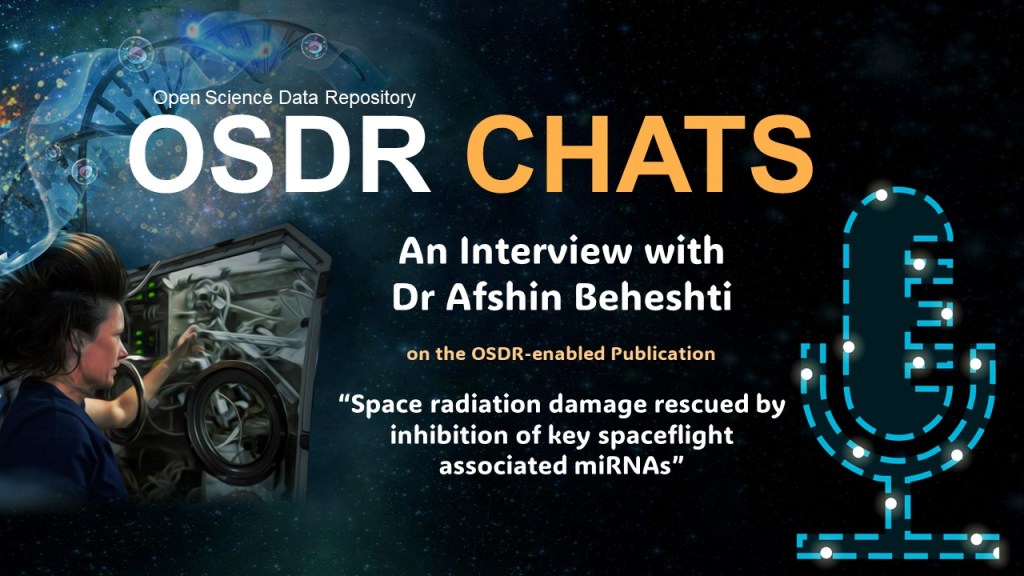This past weekend, Curiosity celebrated the start of a new year on Mars. The concept of a martian year is similar to an Earth year, mainly that it marks the time it takes Mars to go around the sun once. A key difference is that a martian year is 668 sols long, or about 687 Earth days. We count Mars years starting with a big dust event that occurred in 1956 that marked Mars Year 1, so Curiosity just rang in the start of Mars Year 36 at Gale Crater. There weren’t fireworks or a crystal ball drop like in Times Square, but it’s still fun to think about the way time is measured on other planets.
In today’s plan, Curiosity is continuing along its journey through the rubbly unit that marks the transition from the clay-bearing rocks of "Glen Torridon" to the salty sulfate-bearing strata ahead. We planned a MAHLI and APXS observation on a piece of bedrock on our workspace named “Brantôme,” Mastcam multispectral observations, and some Mastcam and ChemCam RMI mosaics of a small crater named “Rouchechuart” and distant strata we named “Riberac.” After these science observations, Curiosity will drive ~39 meters towards the sulfate-bearing unit, which we can see forming dramatic and inviting cliffs in the distance, as shown above.
At the beginning of our planning day Curiosity team members also celebrated the arrival of a brand new orbital neighbor, the Emirates Mars Mission “Hope Probe.” Hope is the first mission to Mars led by the United Arab Emirates Space Agency, and its arrival into Mars orbit this morning represents an extraordinary accomplishment. Welcome to Mars, Hope, we’re so excited to have you here!
Written by Abigail Fraeman, Planetary Geologist at NASA's Jet Propulsion Laboratory



































